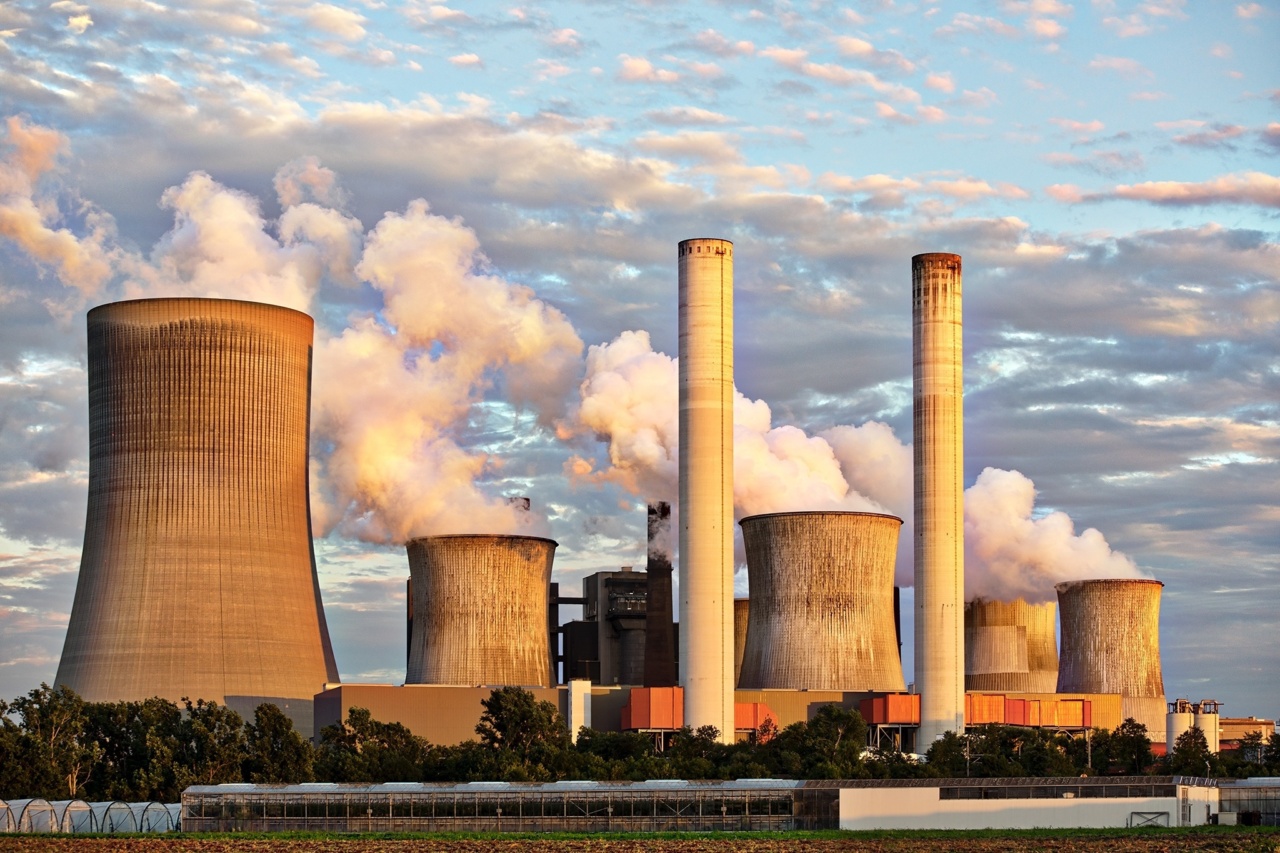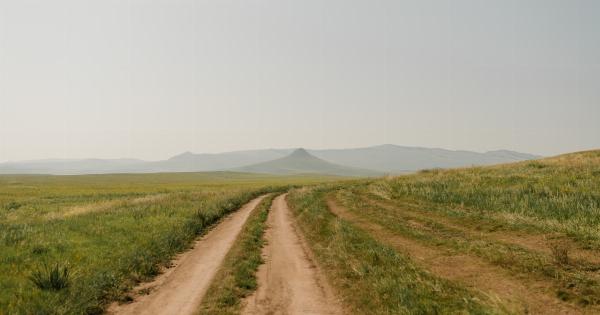The Sahara Desert located in North Africa has been in the news lately due to its impact on the environment.
A massive dust cloud has emerged from the desert, and it has been covering parts of the world, including the Caribbean, the US, and Western Europe. The latest reports indicate that this Sahara dust can cause significant health problems and may contribute to air pollution, particularly in the countries and regions where it reaches.
What is the Sahara dust cloud?
The Sahara dust cloud is a phenomenon that commonly occurs in North Africa. Strong winds in the region can lift dust into the atmosphere, and these particles can then travel thousands of miles.
Each year, an estimated 50 million tonnes of dust is transported out of the Sahara desert, and it can be dispersed across the Atlantic Ocean, the Caribbean, and beyond.
Why is the dust cloud significant?
The recent Sahara dust cloud event has been one of the worst in recent years. The massive dust cloud has affected several areas, including parts of the Caribbean, the US, and Western Europe.
In states like Texas, the air quality index has skyrocketed, prompting health warnings from authorities.
Moreover, the dust cloud is interfering with hurricane season in the Caribbean, and there are concerns that it may worsen air quality issues in cities where pollution levels are already high.
Air pollution is a significant global problem, and this dust cloud is only exacerbating the issue in some regions across the world.
How does the Sahara dust cloud cause air pollution?
The Sahara dust cloud may contribute to air pollution in several ways. First, the dust particles released from the desert contain various chemicals and pollutants, such as nitrogen, sulfur, and organic compounds.
When these particles interact with other pollutants in the air, like car exhaust and industrial emissions, it can lead to the formation of harmful compounds like ozone.
Furthermore, the dust cloud can reduce visibility and can cause health problems when people inhale the fine particles.
The particles in the air are so small that they can penetrate deep into the lungs and cause respiratory issues, such as asthma and bronchitis.
Who is at risk?
The Sahara dust cloud can impact air quality wherever it reaches, but some groups are at higher risk than others.
People with pre-existing respiratory conditions like asthma or chronic obstructive pulmonary disease (COPD) are particularly vulnerable to the effects of the dust cloud. Children, older adults, and pregnant women are also at higher risk.
In areas where air pollution is already high, the Sahara dust cloud can further exacerbate the problem. Cities with significant levels of particulate matter in the air, such as New York, can see increased health problems as a result.
How can we protect ourselves from the Sahara dust cloud?
The best way to protect ourselves from the Sahara dust cloud is to minimize exposure to the fine particles in the air.
People living in the regions where the dust cloud has reached should avoid outdoor activities, especially during times when the air quality is poor.
Wearing face masks can also help reduce the risk of inhaling the particles. However, it is crucial to use masks that are fitting and offer adequate protection. N95 or KN95 masks are recommended, as they can filter out small particles in the air.
Running air purifiers in homes and offices can also reduce exposure to the dust cloud’s particles.
In conclusion
The Sahara dust cloud is a natural phenomenon that has significant impacts on air quality and health outcomes. The latest event has been particularly severe, and it has affected several areas across the world.
It is crucial to raise public awareness of the risks associated with the dust cloud and to take preventive measures to protect ourselves and our communities.



























